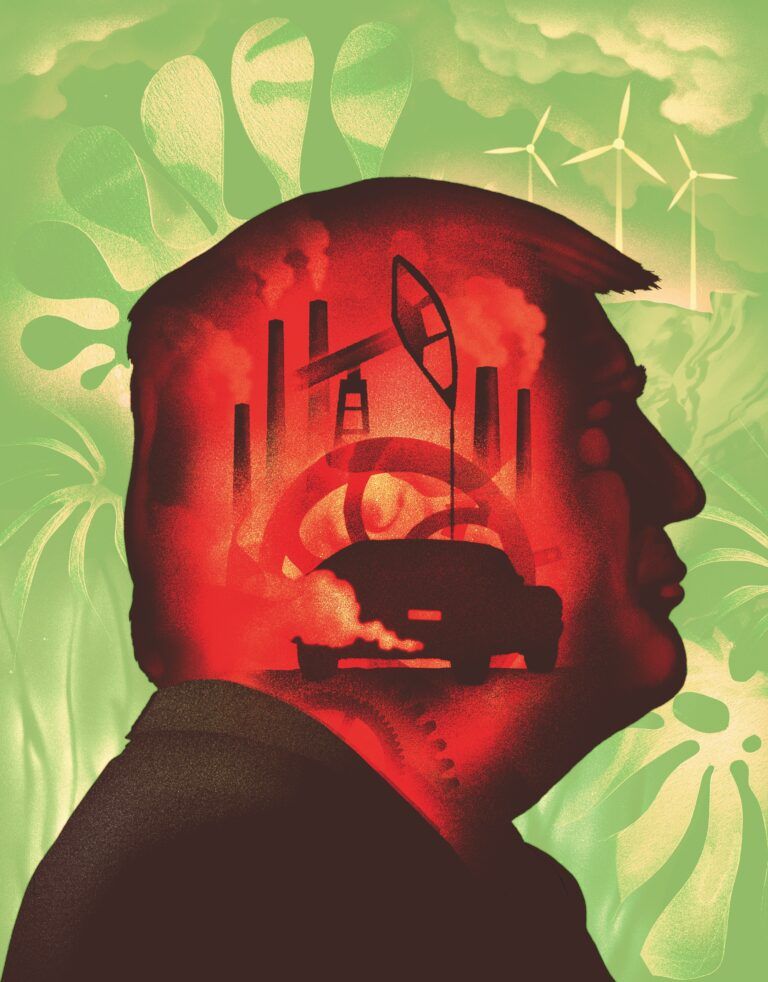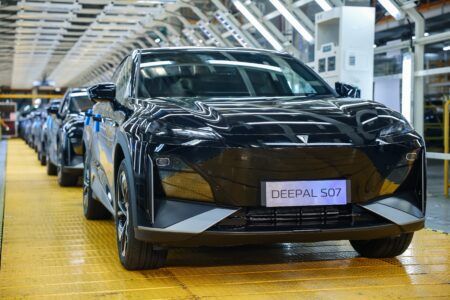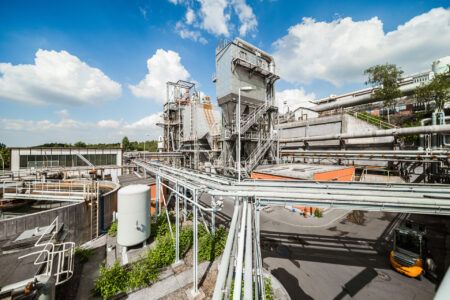The EV industry may be stunned by the removal of zero-emissions targets by the Trump administration, but what does it really mean for an alternative fuel future, and is there positive spin?
Words Dr Frank Millard
Just a few years ago, the US EV industry seemed poised for unprecedented growth, bolstered by ambitious policies, record investments, and a global race to electrify transportation. But with a new administration rolling back climate regulations and revising EV policies, the industry finds itself navigating uncertainty once again.
The shift has drawn sharp reactions from industry leaders, economists, and environmental advocates alike. While some warn of a looming crisis, others see an opportunity for recalibration, innovation, and ultimately, resilience.
With a flurry of executive orders, the Trump administration has reversed or revised several key EV and climate policies. One of the most significant moves was the repeal of the Biden-era target for EVs to make up 50% of new car sales by 2030. The administration also sought to strip California of its ability to phase out gas-powered cars by 2035, a decision that could reverberate across the 12 states following its stricter emissions rules.
This has sent shockwaves through an industry that has poured billions into an electric future. “It is unfortunate that such an important technology has become a political third rail because EVs represent the future of the automotive industry and are therefore critical to America’s economic well-being,” says Professor J. Higham at EVA. “EVs are the future not simply because they are ‘green.’ Indeed, being better for the planet can be viewed as a happy coincidence. EVs are the future of the automotive industry because they offer a better driving experience at a lower overall cost to the user.
“China understands this and has staked their economic future on being world leaders in EV technology. The United States cannot yield its dominance in auto manufacturing to win a few political points.”
The Executive Order reversing the ‘EV mandate’ is symbolic, adds Higham, because there is no policy or law officially known by that name. “So, in some sense, the EO is a political move akin to throwing red meat to his supporters and little else,” he says.
Quentin Willson, founder of FairCharge, warns that these policy reversals could isolate the US auto industry from global megatrends. “Protectionism doesn’t work when such a technological shift is happening across China and Europe,” he cautions. “US cars and trucks are currently too expensive with dated tech and operating systems. Believing that protecting yesterday’s technology will stop a powertrain transition that is happening across the world is like trying to draw up laws against the sea.”
Self-inflicted setback
Beyond politics, these changes pose a direct threat to the economic competitiveness of US automakers. Professor Daniel Sperling, founding director of the Institute of Transportation Studies at UC Davis, draws a stark comparison to past industry missteps:
“The US auto industry has been atrophying since the 1970s when the Japanese exploited the poor quality, high cost, high emissions, and gas-guzzling vehicles of that time,” he says. “Detroit’s Big Three – General Motors, Ford, and Chrysler – fought back and retained competitiveness, but then they gradually ceded the car market to others, increasingly focusing on SUVs and pickups.”
By pulling back on EV incentives and regulations, he warns, the US is repeating history. “What will be left: a further atrophied business founded on large SUVs and pickup trucks that the rest of the world has minimal interest in – and even worse – is not well suited to electrification due to their massive, expensive batteries. This is a disaster in the making – gutting our industrial base, creating a self-inflicted economic, national security, and jobs disaster.”`
The numbers underscore the risks. China, now the dominant force in EV manufacturing, exported a record $15 billion in vehicles in 2023. Meanwhile, US automakers face growing pressure to keep pace. “By revoking the 2021 EV targets, the US risks ceding global leadership in electrified transport to China,” warns Ginny Buckley, Managing Director of Electrifying.com. “The US must stay ahead by building the cars the world demands – or risk being left behind.”
Asian supremacy
This is echoed by Genevieve Cullen, president of the Electric Drive Transportation Association (EDTA), who warns that an abrupt change of policies reinforcing investment in electric transportation and resilient supply chains will create uncertainty throughout the value chain and reduce consumer options: “The vacuum left by US policy leadership will be filled by countries like China that are committed to owning the global market for transportation technologies,” she says.
Indeed, China’s growing influence looms large over the EV conversation. Beyond its lead in vehicle production, China dominates the critical mineral supply chain, refining between 35% and 70% of key materials needed for EV batteries. Yet Sperling argues that the economic ties between the US and China make a full decoupling unrealistic. “The US economy is completely interwoven with China. This is not like Russia, where the Russian economy is relatively isolated,” he says.
Ian Beavis, Chief Strategy Officer at AMCI Global, acknowledges China’s cost advantages but points out structural differences. “Yes, they’ve got lower costs, but a large part of that is in the way they are more vertically integrated,” he explains. Recognizing these challenges, some see the policy reversals as an opportunity to strengthen domestic supply chains. Andy Leyland, MD and Co-Founder of SC Insights, suggests that a renewed focus on US-based mineral extraction could ultimately bolster the EV industry. , “A renewed focus on industry and consumer choice, rather than mandates, will ultimately lead to a more robust domestic supply chain – even if this does take longer to develop than a quicker import heavy model,” he says.
Leyland points out that the Unleashing American Energy executive order has a notable focus on critical minerals alongside fossil fuels, which should give “additional urgency, and therefore support, to the development of domestic extraction and processing,” he says.
Industry resilience
Despite the political turbulence, industry leaders remain confident that electrification is here to stay. “The only certainty is uncertainty,” says Beavis. “But unlike the first Trump administration where there was a sense of panic, there isn’t a sense of panic this time. There’s more of an ‘OK, we sort of know what we’re getting.’”
Automakers have adapted their strategies, maintaining their commitment to EVs while hedging their bets on profitable short-term technologies. “The industry now is nimbler than it’s ever been,” Beavis notes. “They hate whipsaw change, but they’re focusing on core business and profitable near-term technologies while developing deeper relationships with tech companies and tier-one suppliers.”
Cullen sees an opportunity in integrating transportation with the power grid. “The national effort to modernize the grid is an opportunity to integrate the transportation and power sectors. This large-scale shift is necessary to meet the evolving needs of both,” she says.
California remains a stronghold for EV policy, with its zero-emission vehicle regulations influencing a third of the US auto market. However, Sperling notes that uneven adoption across states poses challenges for automakers. “California is making a strong commitment. But the industry’s fear is that many of these other states are not making the same commitment, and they’re going to be held out to dry and face a lot of fines.”
Beyond policy, market forces will shape the future of EVs. Higham points out a key dynamic: “We keep talking about companies just selling to what the market wants. It’s selling to what a small percentage of the market wants.” Wealthier, multi-car households make up just 16% of households but account for over 50% of new vehicle sales. This trickle-down effect means the used EV market, which will eventually make EVs more accessible, remains years away from maturity.
Change is but inevitable
As the industry braces for potential tariffs and regulatory battles, the question remains: Can the US maintain its foothold in the global EV race?
Cullen remains optimistic. “Despite policy changes, the future remains electric – that trajectory is unchanged. In the US, there are over six million plug-in and fuel cell vehicles on the road. Market share was over 10% of light-duty vehicle sales in January. Hybrid sales also continue to increase, with over 40% growth in January 2025 compared with January 2024.”
Bloomberg New Energy Finance (BNEF) predicts that by 2030, EVs will make up 45% of global passenger-vehicle sales. Whether the US leads or lags in this transition depends on the strategies shaping the next few years.
“Policies that undermine certainty or diminish the synergy between supply and demand incentives can slow the US market in the near term,” says Cullen. “In the long term, the market continues but US leadership is less clear.”
Higham urges EV advocates to stay vigilant. “It is time for EV advocates to circle their wagons and remind all lawmakers that there is nothing as constant as change. The change represented by the electrification of transportation is inevitable, with winners and losers. EVs represent not only growth and jobs but the future of the automotive industry itself. Let’s be among the winners.”
In the end, while policies may shift and administrations may change, one thing is clear: The electric revolution is moving forward—whether the US leads or follows.
The battle to buy
Consumers have sundry reasons for making an EV purchase choice, not least expectation of ICE vehicles being phased out along with their spares. The ubiquity of the climate change message emphasising the need for change in driving habits is also an important factor.
A recent study by Persuasion UK found that negative comments relating to EVs spread by celebrity sceptics such as Nigel Farage and Mr Bean (actor Rowan Atkinson) actually drive up support for them whereas, counterintuitively, their champions such as Greg Jackson and Sir David Attenborough are having the opposite effect. This indicates that while EVs are supported for environmental reasons, consumer concern about affordability and practicality is paramount.
Meanwhile, research suggests that 60% of car buyers have been put off Buying a Tesla by Elon Musk and his increasingly questionable public appearances. Ginny Buckley, Chief Executive of Electrifying.com says that her company’s research reveals a major shift in consumer perceptions. “Tesla has played a pivotal role in accelerating the adoption of EVs, but our findings show that Elon Musk’s personal involvement in Tesla’s brand appears to be polarising, pushing many buyers to look elsewhere.”
The real reasons that EVs sell, though, is their visibility. If friends and family drive them without complaint, prejudices and reservations evaporate. Perhaps the best rejoinder to the anti-EV rhetoric in the media and US politics would be a more grassroots, word-of-mouth approach. After all, that’s what Tesla’s initial success was built on – Musk might do well to remember that.





